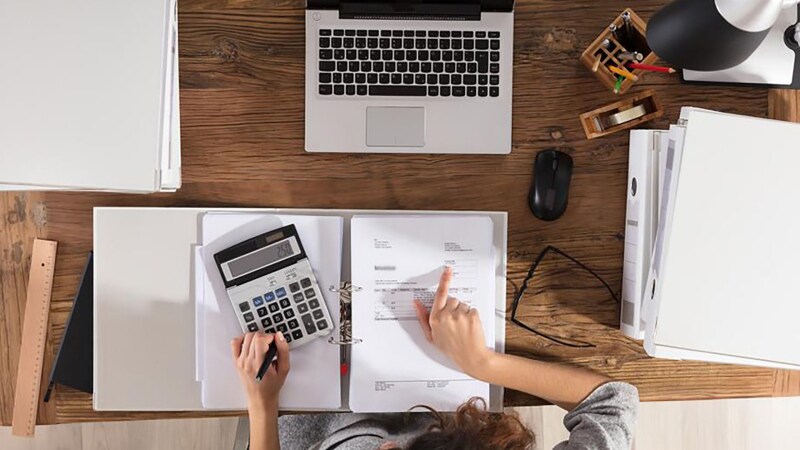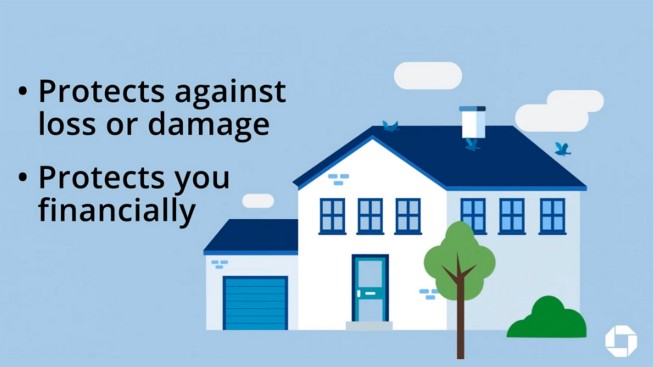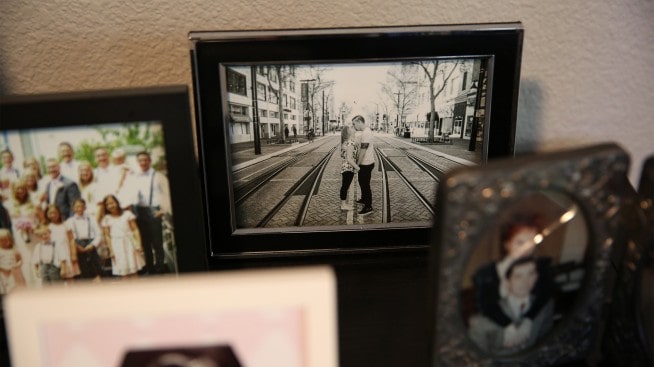How to determine your down payment

Congratulations on your decision to buy a home! But, what happens next? An important part of the homebuying process is determining your down payment.
Whether you’re a first-time buyer or you're looking for your next home, buying a house may sometimes seem complicated. But finding out how much you can put down on a house can save you time and money. Keep reading for a breakdown of what a down payment is and how to find out how much of one you can afford:
What is a down payment?
Let's start at the beginning. A down payment is the money you pay at closing toward the cost of your new home; it’s the difference between your mortgage amount and your purchase price. Down payments are expressed as a percentage, rather than a dollar amount. You may have heard people say things like "He put 20% down on his house." That means someone paid 20% of the cost of their home at closing and borrowed the other 80% from their lender.
Why do down payments exist?
Down payments assure your lender that you are financially stable enough to pay back the loan they gave you. Odds are, if you were able to save up for a down payment, you’ll be able to make your regular payments on your mortgage loan. The more you are able to put down, the better your chances are of being able to afford your dream home.
Before you start
To decide how much you can spend on a down payment, you need to do a little homework beforehand. The homebuying experience can be a little stressful, but if you've planned your journey out, you can significantly reduce that stress.
To determine how much of a down payment you can afford, review your finances closely. If you're ready to buy, you might have a nest egg saved up. But be sure you don’t empty your savings account to make your down payment. You may have already done some mental figuring in your head, but double-checking your monthly budget and building in some room for unexpected expenses is always a good idea.
Calculate your monthly spending habits and savings. Use a good affordability calculator to help you figure out how much house you can afford. Check your credit report to see if your credit is in good standing. Set aside an emergency fund — three to six months’ worth of your average monthly expenses. And depending on the mortgage product you choose, your lender may require more in reserves. Also take into account any additional costs your new home will bring, such as paying for movers, new furniture or renovations.
Once you've accounted for monthly income, expenses and savings, you'll have a good idea of how much you can spend on your down payment. This will give you an idea of what homes you can afford, and it’s a great exercise in setting your mind at ease seeing how much money you’ll have left for day-to-day expenses.
Pay as much of a down payment as you can
When you make a down payment on a home, it's best to pay as much as you can. There are a few reasons for this. First, and perhaps the most apparent, is that you'll be that much closer to paying off your home. Another lesser-known reason is if you put less than 20% down on a conventional loan, you’ll have to pay private mortgage insurance (PMI)ec-mortgage-insuranceec-mortgage-insurance.
PMI covers the lender if you stop paying your mortgage and default on your loan. The yearly cost of PMI is about 1% of your outstanding loan balance and is added to your monthly mortgage payment. You can request to have PMI removed once your outstanding balance reaches 80% of the original loan amount.
A 20% down payment on your home is the wisest choice. The more you put down, the lower your monthly payments may be. It’s worth noting that a 20% down payment is recommended for agency loans, while FHA loans require less (3.5%) and VA.
How much home can you handle?
Once you know how much you can put down, you're almost ready to start shopping for homes.
Before you start looking, find out what your 20% down payment can cover. For example, Susan has saved $30,000 to put toward her new home. After looking at her monthly budget and creating an emergency fund, she lowered it to $25,000. She then used this formula to find out how much she could afford if she wanted to put 20% down: Total Savings / .2 = House Price. That let her know that her savings could cover a 20% down payment on a house that cost $125,000.
Our mortgage affordability calculator can calculate this for you.
Whether you figure it up yourself or use an affordability calculator, the result will show you your target home price. Use this to start looking. If the homes you find around that price are what you're looking for, great! If they don’t meet your expectations, you can adjust accordingly or continue saving before jumping back in.
Funding your down payment
If you can’t afford as much of a down payment as you had hoped, don't give up. There are lots of ways to save for a down payment that will get you where you want to be sooner rather than later.
The most reliable way to increase your down payment is through tried-and-true saving. Take a look at what you're spending your money on and cut back on unnecessary expenses. Think small and big. Can you do without that movie streaming service? How about that vacation? Every bit you save, no matter the amount, can go towards buying your new home.
Don't forget that if you're selling your current home, you can use the money from that sale to cover your down payment. First-time homebuyers can take up to $10,000 from a traditional IRA for homebuying expenses without the 10% penalty for early withdrawals.affordability-calculatoraffordability-calculator
However, you’ll be required to pay taxes on the withdrawal itself. Another option is to withdraw your original contributions (not the earnings) from a Roth IRA. You may not face any taxes or penalties.
Many state and local governments offer financial grants to homebuyers. And many nonprofit organizations also offer financial assistance. Money for these programs often goes unused because homeowners think they don’t qualify when they actually do.
If family or friends are helping you pay for a new home, make sure you let the lender know it's a gift and not a loan. Monetary gifts under $14,000 aren't taxed, as long as they're not considered loans. Note the information in this article is not intended to be tax or legal advice. Please consult with your legal and tax professional.
Prepare to pay after you buy
Keep in mind costs you may encounter once you buy your new home. You may have to fix something once you move in. Or, you may find that you're missing something once you've unpacked. Give yourself a little wiggle room for unexpected expenses.
You may need to pay closing costs and fees as well. These include things like appraisal fees, inspections, title fees and so on. It's sometimes difficult to know everything you'll need to pay once you buy the home, but keep these things in mind as you move through the homebuying process.
These potential costs may alter the budget you've created for your down payment, so it’s important to know what to expect.
Start hunting
Looking for a new home will be easier and less stressful when you’ve done your homework to see how much you can spend on a down payment.
If you have questions or could use some additional guidance, consider contacting a Chase Home Lending Advisor.
Once you've determined how much of a down payment you can make, you'll be better equipped to hit the ground running in your home search. The home buying process will be easier, and you’ll have a good view of your financial health. Happy house hunting!



